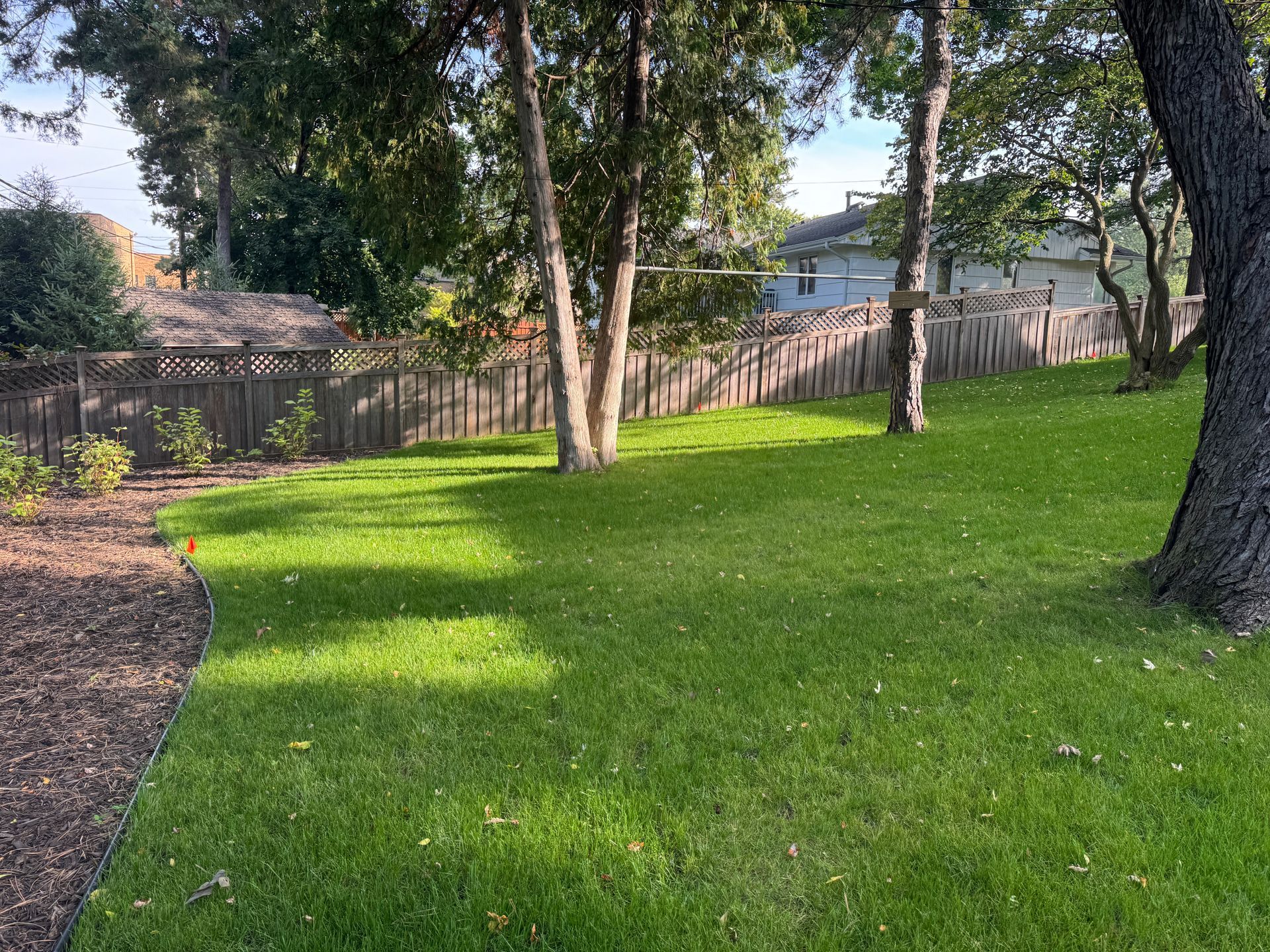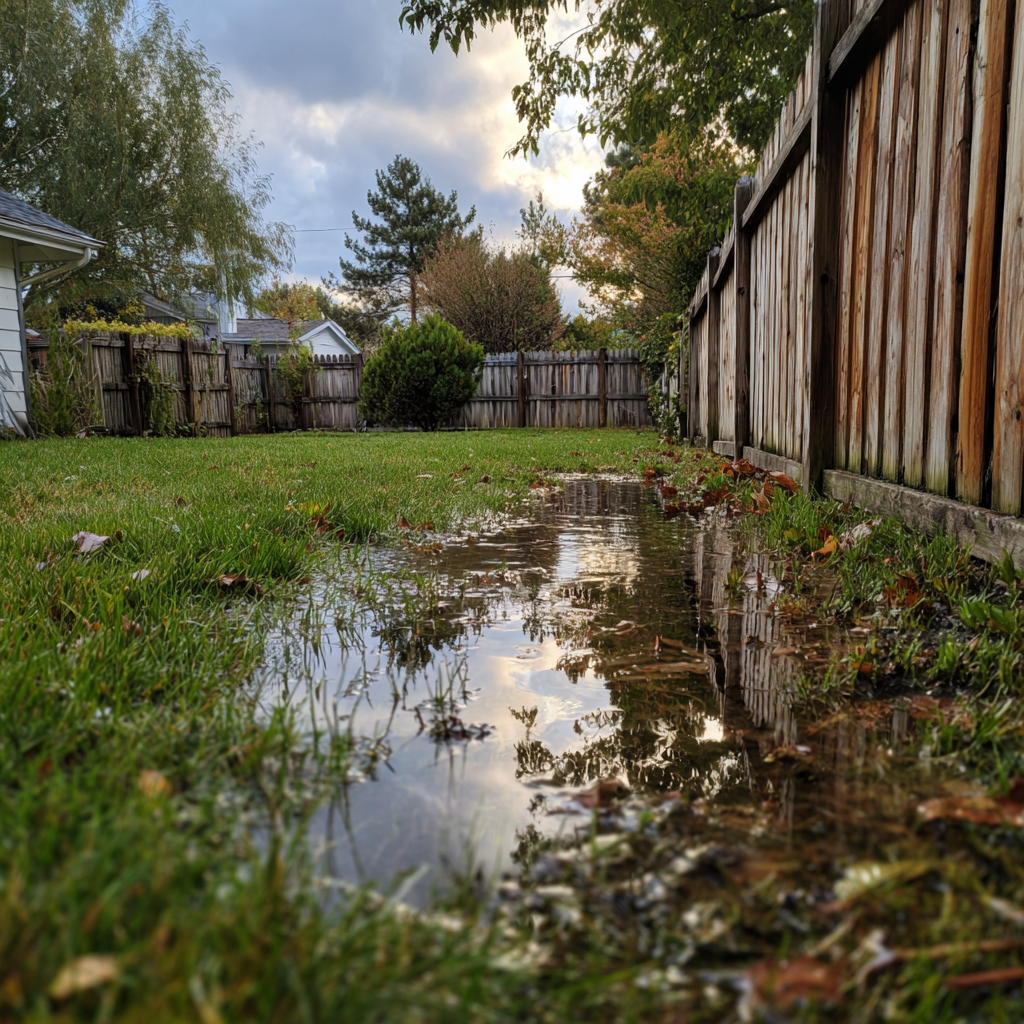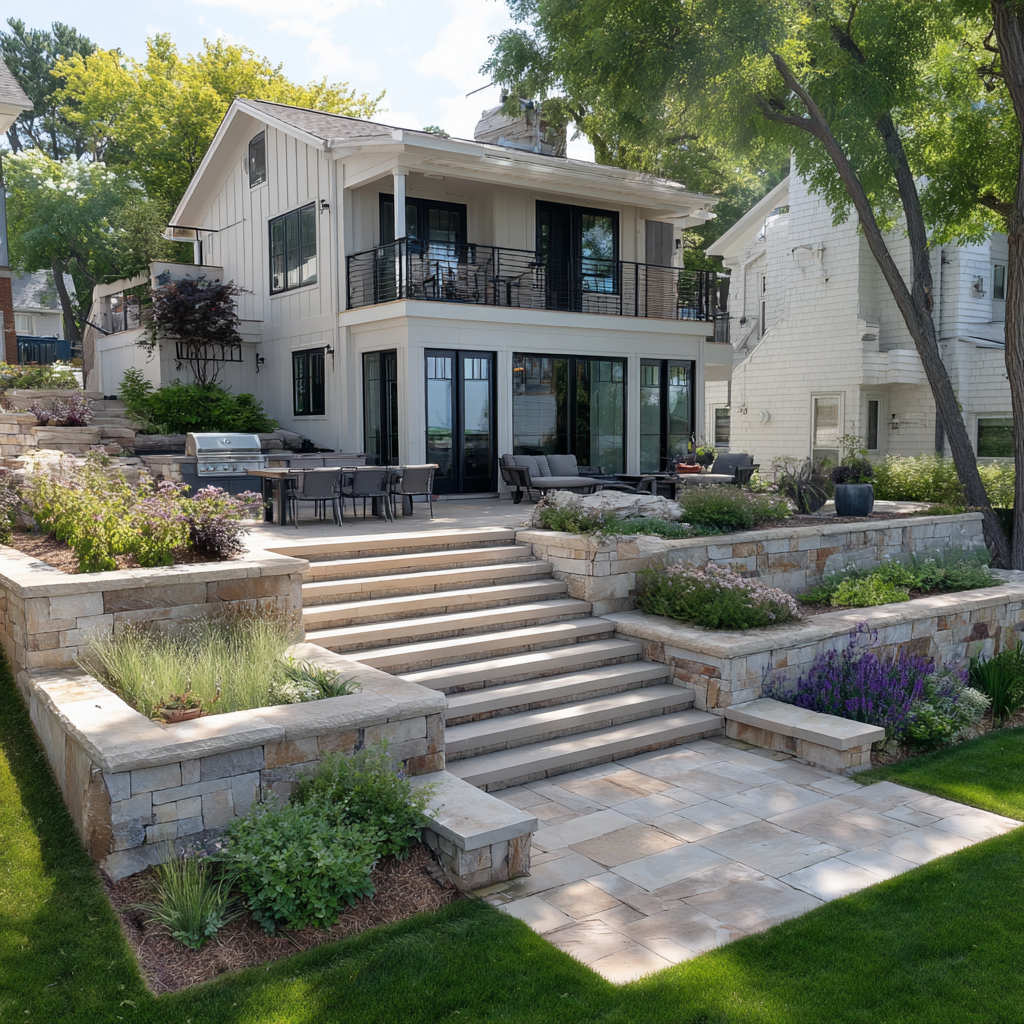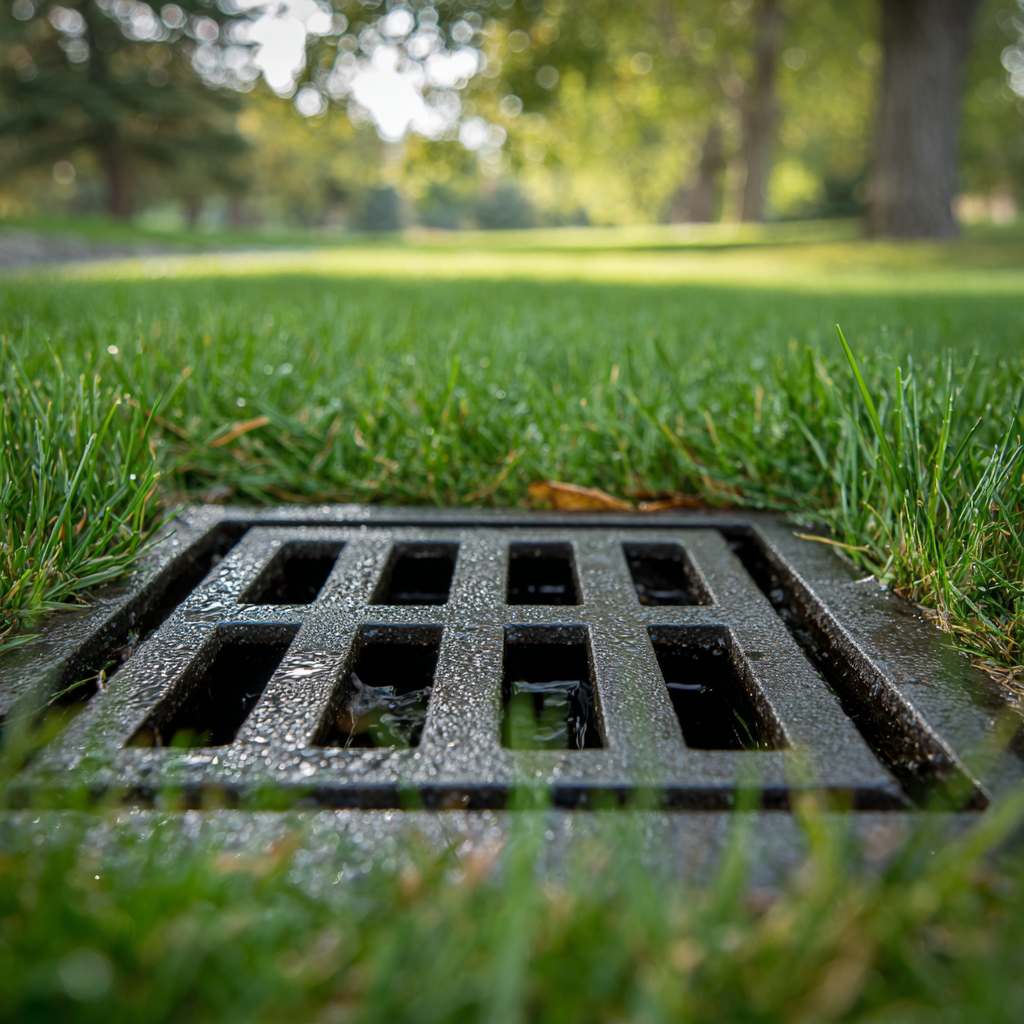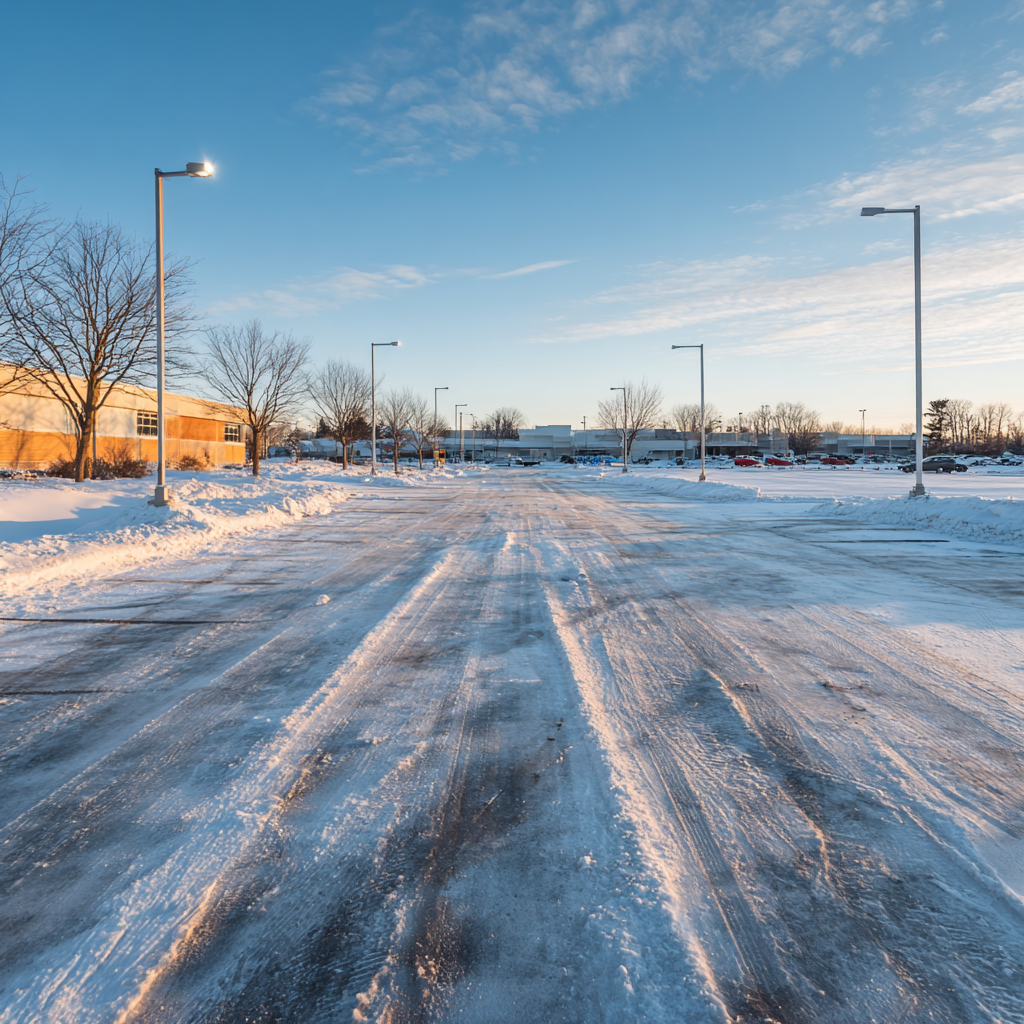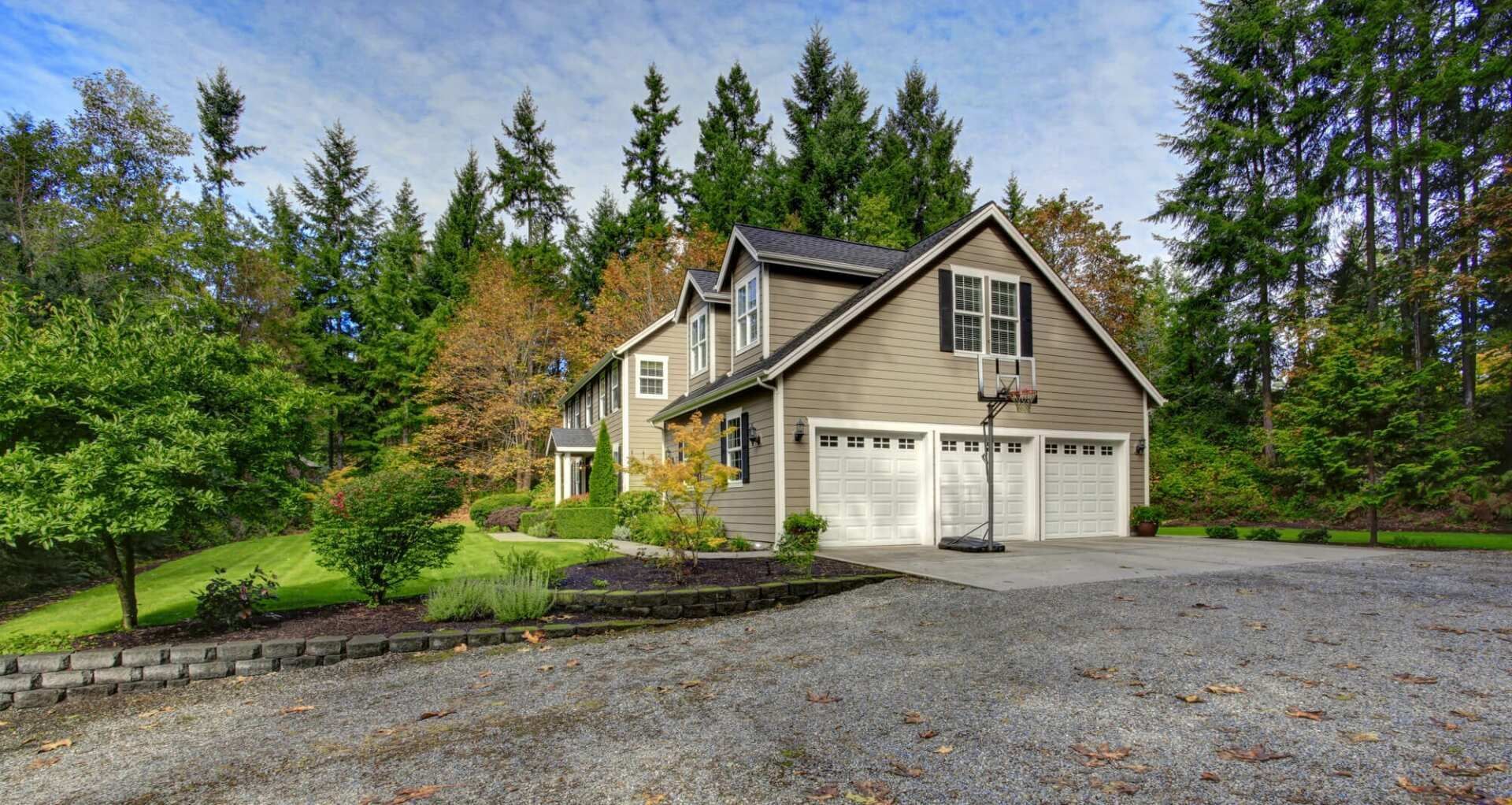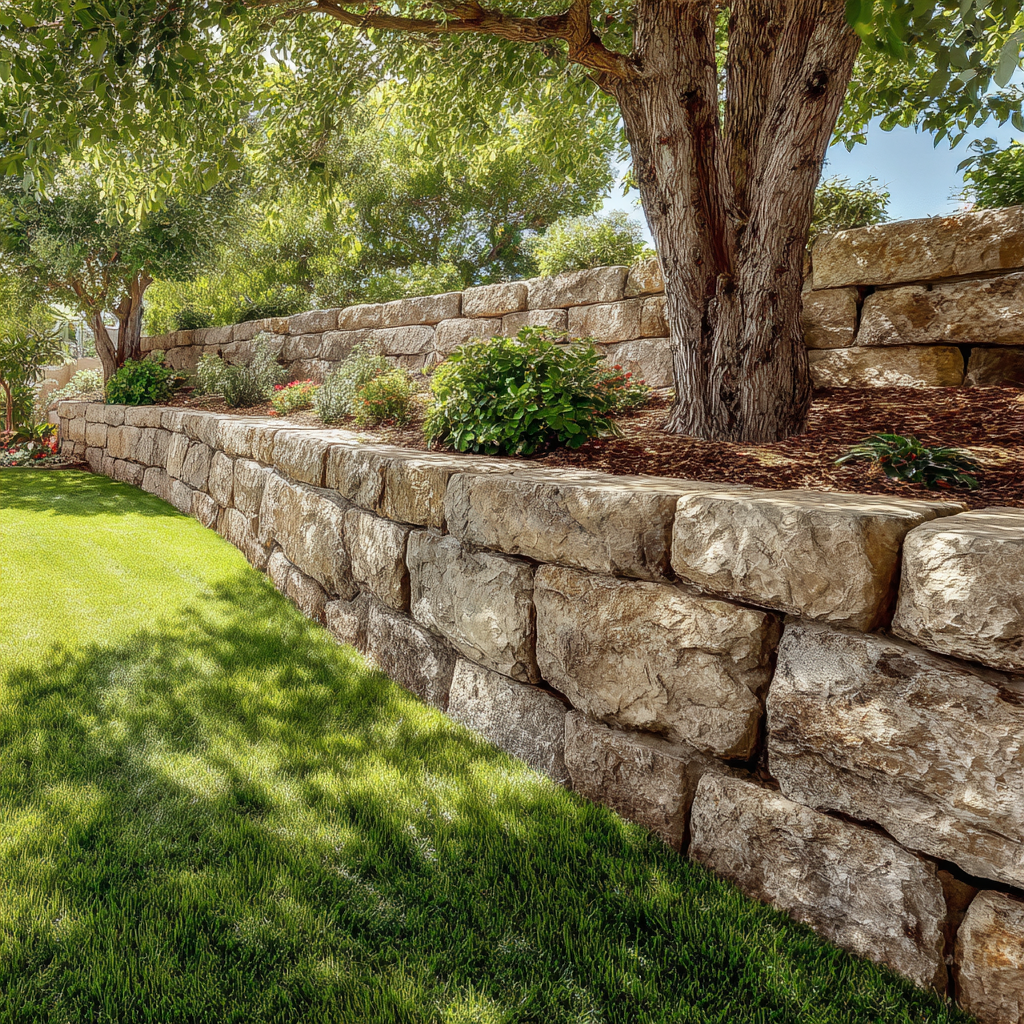Phasing Big Projects in Edina: Smarter Way to Landscape
The Long-Term Vision That Creates Exceptional Properties

After working with Edina families on landscape projects for years, I've learned that the most successful installations aren't the ones completed fastest—they're the ones planned to evolve with families over time. Some of my best work has happened across multiple projects with the same families, building outdoor spaces that grow and adapt as their needs change.
Here's what separates smart phasing from wishful thinking: understanding the sequence that prevents costly mistakes, planning infrastructure that supports future additions, and prioritizing based on what your family actually needs rather than what looks impressive. In Edina's established neighborhoods, where properties often feature mature trees and existing architectural character, phasing becomes even more critical because every decision affects how future work can be accomplished.
The key decisions that determine phasing success are: what your family needs most right now to improve daily life, how to sequence work so completed phases aren't damaged during later construction, and where to invest in infrastructure that makes future phases easier and less expensive. By the end of this article, you'll know how to plan projects that deliver immediate value while building toward your complete vision, avoid the sequencing mistakes that force expensive rework, and create outdoor spaces that enhance your property's value throughout the entire process.
Back-to-Front: Why Construction Sequence Matters in Edina
The fundamental rule of landscape phasing is simple: start in the backyard and work toward the front. This isn't arbitrary—it's about machine access, protecting completed work, and working efficiently within Edina's established neighborhoods where space is often limited and properties are close together.
Heavy equipment needs clear access routes to reach work areas, and those routes typically run through spaces that will eventually become finished landscape areas. By starting with backyard work, crews can access the site through areas that haven't been completed yet. When it's time for front yard work, the backyard is finished and protected, while machines access from the street.
Access Planning in Established Neighborhoods
Edina properties often feature mature trees, existing hardscaping, and architectural elements that limit where equipment can travel. Planning access routes prevents damage to valuable existing features and ensures work can proceed efficiently. This is particularly important when working around specimen trees that may have been growing for decades.
The sequence also affects how different phases integrate with each other. Utility lines, drainage systems, and structural elements installed during early phases provide the foundation for later work. When these systems are planned comprehensively from the beginning, each phase builds logically on the previous one.
Protecting Investment During Multi-Phase Projects
One challenge with phased work is protecting completed areas during subsequent construction. Professional project management includes protection strategies for finished landscapes, temporary access routes that minimize damage, and coordination between phases that maintains the integrity of earlier work.
In Edina's neighborhoods, this protection becomes particularly important because properties are often close to neighbors, and construction activities need to be managed thoughtfully to maintain community relationships.
Pro Tip: Plan permanent access routes during early phases when possible. A well-designed service path can provide equipment access for future phases while serving as a functional walkway during normal use.
Priority-Based Phasing: Lifestyle Needs vs. Curb Appeal
The most successful phasing decisions start with honest assessment of what your family needs most to improve daily life. This isn't always obvious, and it's often different from what homeowners think they want when they start planning.
When to Prioritize Backyard Outdoor Living
If your family spends time outdoors but lacks functional space for entertaining, relaxation, or activities, starting with backyard improvements typically provides the most immediate value. Creating usable outdoor living space—whether that's a patio for entertaining, play areas for children, or quiet retreat spaces for adults—delivers benefits your family experiences daily.
This approach works particularly well for Edina families who plan to stay in their homes long-term and want to maximize their outdoor lifestyle. Backyard phases might include patios, fire features, outdoor kitchens, or integrated landscape elements that create comfortable, functional outdoor rooms.

When Curb Appeal Should Take Priority
Sometimes front yard improvements should come first. If you're genuinely embarrassed by your home's appearance every time you arrive, or if dated landscaping is affecting your pride in a significant investment, front yard work might provide more immediate satisfaction than backyard improvements.
Front-first phasing also makes sense when families rarely use outdoor space currently and need to address fundamental issues like poor drainage, failing retaining walls, or landscape elements that detract from the property's value.
The Key Question: Do you need a place to enjoy outdoor life, or do you need to feel proud of your property investment? Both are valid priorities, but the answer determines where to start.
Balancing Family Needs with Property Value
The best phasing decisions consider both immediate family needs and long-term property value. Sometimes these align perfectly—outdoor living improvements that enhance daily life also increase resale appeal. Other times, they require compromise and prioritization based on your family's specific situation and timeline.
Pro Tip: If budget allows, include small front yard improvements in backyard-focused phases. Simple plantings or entry improvements can address curb appeal concerns while major investment goes toward functional outdoor living spaces.
The Never-Go-Backwards Rule
Here's the principle that separates successful phasing from expensive mistakes: never plan phases that require tearing out or significantly modifying completed work. Every phase should build on previous work, not undo it.
Infrastructure Planning That Supports Future Phases
Smart phasing includes infrastructure preparation that makes future phases easier and less expensive. This might mean running electrical conduits during patio installation, even if outdoor kitchen or lighting installation won't happen for several years. It could involve over-sizing drainage systems to accommodate future hardscaping, or preparing foundation areas for features that aren't in the current budget.
The incremental cost of this preparation during active construction is minimal compared to the expense and disruption of retrofitting later. More importantly, it ensures that future phases integrate seamlessly rather than requiring modifications to completed work.

Drainage Integration Across Phases
In Edina's clay soil conditions, drainage planning becomes particularly important in phased projects. Each phase affects water movement patterns, and later phases need to work with drainage systems established in earlier work. Comprehensive drainage planning from the beginning prevents water management conflicts and ensures that each phase enhances rather than compromises overall site drainage.
Material and Design Continuity
Successful phasing maintains design cohesion across multiple years of construction. This requires selecting materials and establishing design themes that can be continued or complemented in future phases. It also means planning transitions between phases so completed work looks intentional rather than incomplete.
Professional design documentation helps maintain this continuity, especially when several years pass between phases. Design drawings, material specifications, and installation notes ensure that future work integrates seamlessly with earlier phases.
Pro Tip: Document everything during each phase, including material sources, installation techniques, and design decisions. This information becomes invaluable when planning future phases, especially if different contractors are involved.
Working with Edina's Established Property Character
Phasing becomes more complex when working with Edina's mature properties, where existing trees, architectural features, and neighborhood character must be respected and enhanced rather than replaced or dominated.
Respecting Mature Landscapes During Phasing
Edina properties often feature specimen trees, established plantings, and architectural elements that have developed character over decades. Successful phasing works with these elements rather than against them, using them as anchors for new work rather than obstacles to overcome.
This might mean designing new hardscaping to complement existing tree placement, or selecting plant materials that enhance rather than compete with established landscape elements. The goal is integration that feels natural and intentional rather than obviously added.
Seasonal Timing Considerations
Multi-phase projects allow optimization of timing for different types of work. Tree work and major excavation might be scheduled for dormant seasons, while planting and finish work can be timed for optimal establishment periods. This seasonal coordination often produces better results than rushing to complete everything within a single construction season.
Edina's climate provides distinct seasons for different types of landscape work, and phased projects can take advantage of these optimal timing windows rather than forcing all work into less-than-ideal conditions.
Neighbor Considerations and Community Relationships
Extended construction timelines require thoughtful management of neighbor relationships and community impact. This includes communication about project timelines, coordination of construction activities to minimize disruption, and maintaining property appearance between phases.
Professional project management includes these community considerations as part of comprehensive planning, ensuring that phased projects enhance rather than strain neighborhood relationships.
Pro Tip: Consider seasonal aesthetics when planning phase transitions. Completing phases at times that maintain property appearance through winter months or peak growing seasons helps maintain curb appeal throughout the project timeline.
Building Long-Term Client Relationships
One of the most rewarding aspects of phased landscape projects is the opportunity to work with families as their needs evolve over time. Many of my best client relationships have developed through multiple projects spanning several years, creating outdoor spaces that truly reflect how families live and grow.
Understanding Evolving Family Needs
Families change over time—children grow, lifestyle priorities shift, and outdoor space needs evolve accordingly. Phased projects allow landscape design to adapt to these changes rather than being locked into decisions made at a single point in time.
A young family might start with play areas and safety considerations, then transition to entertainment spaces as children grow. Empty nesters might shift focus from active recreation areas to sophisticated outdoor living and low-maintenance beauty. Phased approaches accommodate these transitions naturally.
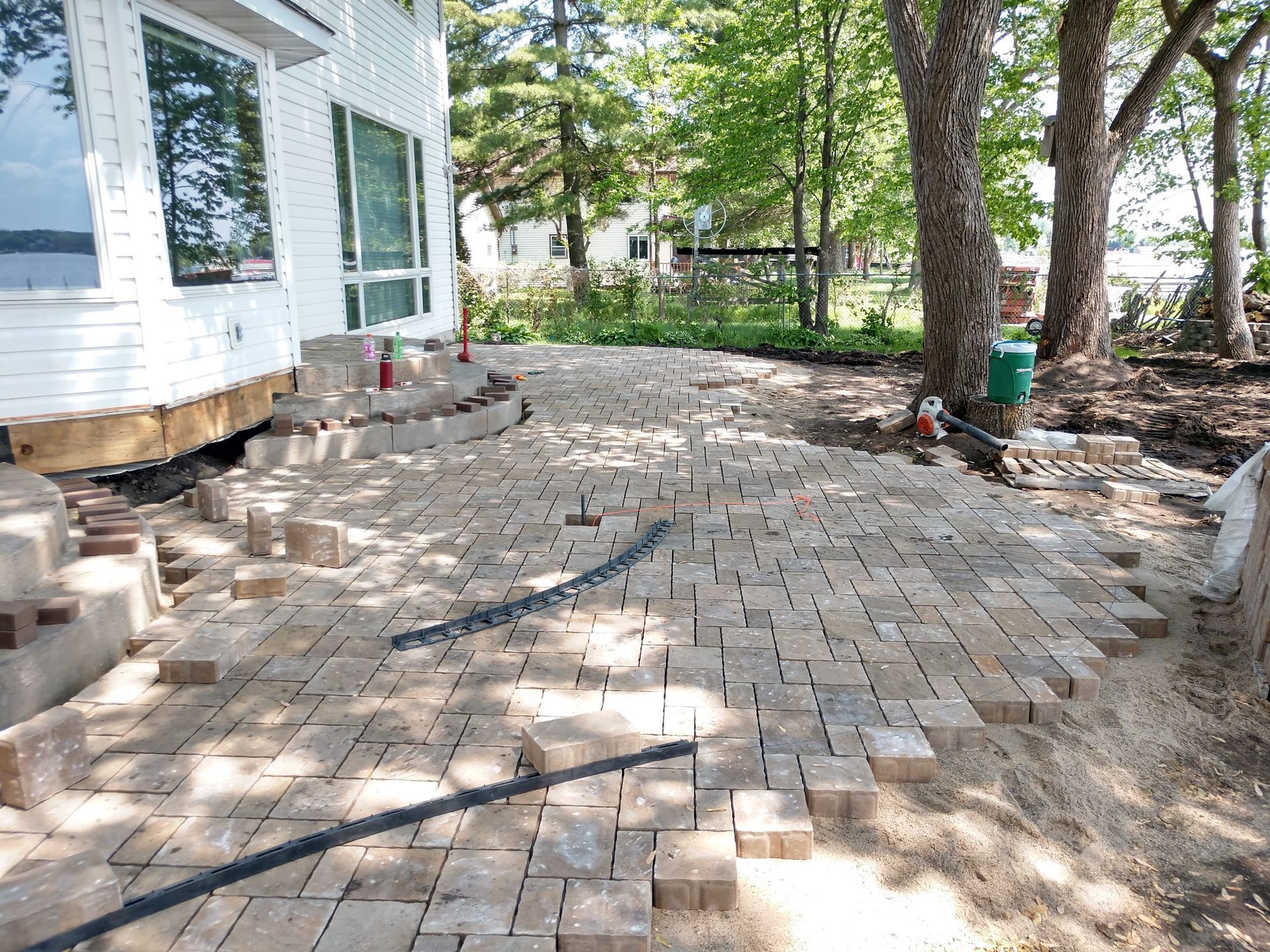
Maintaining Design Vision Across Multiple Years
Successful long-term projects balance consistency with flexibility. The overall design vision provides continuity and ensures that phases work together cohesively. But within that framework, individual phases can be adapted to reflect changing needs, new ideas, or evolving preferences.
This balance requires ongoing communication and periodic review of long-term plans. What seemed important during initial planning may be less relevant years later, while new priorities may emerge that weren't anticipated originally.
The Value of Professional Partnership
Working with the same landscape professional across multiple phases provides continuity of vision, institutional knowledge about your property and preferences, and accountability for long-term results. This relationship often extends beyond individual projects to include ongoing maintenance planning, seasonal adjustments, and periodic updates that keep outdoor spaces performing optimally.
The investment in establishing these professional relationships pays dividends through better project coordination, more efficient execution, and landscape results that reflect deep understanding of your property and family needs.
Pro Tip: Even if you're not ready for additional phases immediately, maintain relationships with contractors who understand your property and vision. When you're ready for the next phase, having established professionals who know your site saves time and ensures continuity.
Ready to create a phased landscape plan that grows with your Edina property and family needs? Let's start with comprehensive planning that establishes your vision while delivering immediate value through strategic first phases.
FAQs
How do you determine the optimal budget split between phases?
Budget allocation between phases depends on your family's priorities, timeline, and cash flow preferences. A common approach allocates 60-70% of the total budget to the first phase if it addresses the primary need (usually outdoor living space), with remaining phases receiving smaller allocations for complementary features.
However, this varies significantly based on specific needs. Some families prefer more even budget distribution to maintain consistent annual landscape investment, while others concentrate spending in early phases to maximize immediate impact. The key is ensuring each phase delivers meaningful value rather than feeling incomplete.
Professional planning helps optimize budget allocation by identifying which improvements provide the most immediate benefit and which can be deferred without compromising the overall vision or requiring expensive modifications later.
What's the ideal timeline between phases for landscape projects?
Timeline between phases varies widely based on budget, seasonal considerations, and family priorities. Some phases happen within the same year, while others may be separated by 3-5 years or more. The optimal spacing depends on several factors including budget recovery time, seasonal timing for different types of work, and evolution of family needs.
Shorter intervals (1-2 years) work well when phases are complementary and budget allows consistent investment. Longer intervals (3-5 years) often reflect changing family priorities, major life events, or desire to fully enjoy completed phases before expanding.
The key is maintaining flexibility while preserving design continuity. Professional planning documents and material specifications help ensure later phases integrate seamlessly regardless of timing.
How do you handle design trends that change between phases?
Design continuity across multiple years requires balancing timeless elements with contemporary touches. The solution is establishing core design themes using classic materials and proven concepts, while allowing flexibility for updated details, plantings, or accessories that reflect current preferences.
Successful long-term projects focus on fundamental design principles—scale, proportion, material quality, and functional organization—that remain relevant regardless of trending styles. Surface elements like plant selections, lighting fixtures, or decorative details can be updated to reflect contemporary preferences without compromising overall cohesion.
Professional design documentation helps distinguish between core elements that should remain consistent and flexible elements that can evolve with changing tastes or improved products.
What permits are required for multi-phase landscape projects?
Permit requirements for phased projects depend on the scope of work in each phase rather than the overall project timeline. Each phase requiring permits must be processed separately, though some municipalities allow master planning that streamlines individual phase approvals.
Common permit triggers include major grading changes, retaining walls over certain heights, electrical work for lighting or water features, and plumbing for irrigation or water features. Some jurisdictions also require permits for significant tree removal or substantial hardscaping installations.
Working with experienced contractors familiar with local requirements helps navigate permit processes efficiently and ensures compliance throughout multi-year projects. They can also advise on timing permit applications to minimize delays between phases.
How do you protect completed landscape work during later construction phases?
Protection strategies for completed work include physical barriers around sensitive areas, designated equipment routes that avoid finished spaces, and seasonal timing that minimizes exposure during vulnerable periods. Professional project management includes these protection measures as standard practice.
Specific protection methods vary by project but often include temporary fencing around completed plantings, protective covering for hardscaping during messy work, and clear access routes that keep equipment away from finished areas. Some projects include permanent service access routes planned during early phases specifically to facilitate later work.
The cost of protection measures is typically included in later phase pricing, as it's much less expensive than repairing damage to completed work. Clear communication between phases about protection requirements helps prevent conflicts and ensures smooth project continuation.
Can phased projects work with different contractors for different phases?
While possible, using different contractors for different phases creates challenges for design continuity, warranty coverage, and coordination between phases. Different contractors may have varying quality standards, material preferences, or installation techniques that can create visible inconsistencies.
If using different contractors becomes necessary, detailed documentation from previous phases becomes critical. This includes material specifications, installation techniques, design drawings, and contact information for suppliers. Clear communication about design intent and quality standards helps new contractors maintain consistency with previous work.
However, working with the same contractor across multiple phases typically produces better results through maintained design vision, established supplier relationships, and accountability for long-term performance across the entire project.

